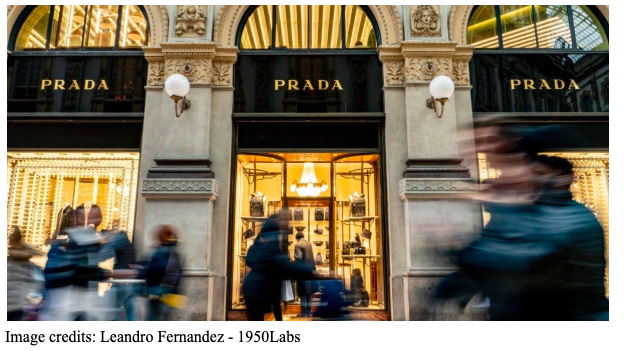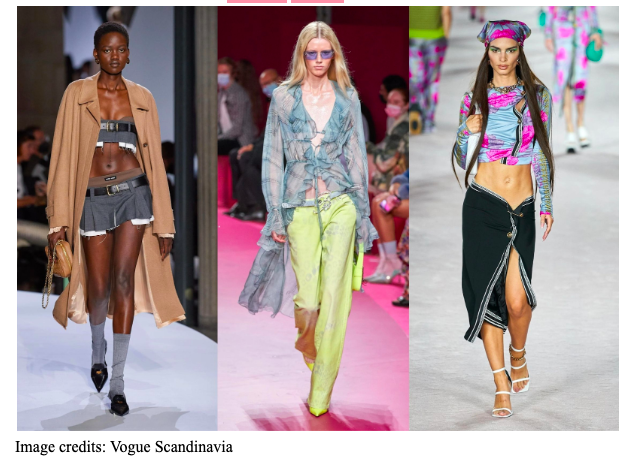By Helena Dell’Armi
You don’t even need to touch a Hermes bag to know its value, you just need to see who is allowed to have it. Celebrities, influencers, heirs, are all groups of people who have easy access to exclusive luxury items. As someone who is excited about fashion, seeing people access those items so easily due to status or money makes me wonder, is fashion really that accessible for everyone? Or since the beginning of time, luxury brands have always stated clearly who their clothes are for?
Designer clothing is not only expensive, it is also unattainable, and that is what makes it desirable. People will spend large amounts of money on a specific item because of the value it has, designer clothing has become a status symbol that is amplified by social media and celebrity influence. Luxury is meant to sell not only a product, but a story too, a story of craftsmanship and exclusivity.

Luxury items are exclusive because they take hours and days to be made. The craftsmanship is a lot, which raises the prices of each item produced. For example, a Hermes Birkin can take up to 20 to 40 hours to be made by just one artesian. This narrative makes the product feel earned, even if costs rise.
In addition to craftsmanship, heritage plays an important role in designer brands. Louis Vuitton started out as a luggage maker for the elite, showing that exclusivity was there since the beginning of it all. Burberry markets its British military roots through the famous trench coat, Loewe keeps the tradition of its identity in the leather crafts since the first aspects of the brand in 1846. The longer and more prestigious the past is, the more authentic the luxury appears. Owning those items is not only about style, it is also about status, identity and validation.
The marketing of these products is catered to people who can afford it; they are there to show that the dream of owning their products is carefully manufactured to stay out of reach for the regular person. Exclusivity is intentional. The high prices, waiting lists for specific products, and the limited runs all maintain social distancing.

It feeds off inequality; the luxury appeal grows as people have less access to it. Between 2019 and 2023, the global luxury sector achieved about 5% compound annual growth rate, driven by price increases. This shows that even when the number rises, people will still want to purchase luxury products because of their status, value and their identity.
Social media has become the place where people share their luxurious lives. By posting designer clothing to a public who may not be in the same social class, influencers create an atmosphere where others dream of having the same products as them, leading young people to buy ‘dupes’ to have a sense of belonging. The exposure on social media creates a sense that everyone is “in” on this.
However, what people post on the internet is only a sliver of their lives, behind this filter, there could be debt, loans, rents and counterfeit products. These are all illusions that keep the fantasy alive. The whole cycle feeds into the culture of comparison even more, as well as creating financial insecurity for those watching.
Although designer fashion is extremely relevant, the rise of thrift culture and sustainable brands have helped younger generations understand that they don’t have to own a luxury item. Young consumers are starting to reject the idea of the elitism luxury brings, finding self expression outside label through making their own clothes or purchasing them from charity shops. Fashion’s power should be about its stories, not its price tags.
Designer clothing’s magic relies not only on fabric, but in fantasy too. The Birkin is not just a good quality bag, it is also the experience that people will pay large amounts of money for to have it, while waiting months on waiting lists. Luxury was never meant to be accessible to everyone, it is appealing to the public because of its exclusivity, their public has always been exclusive. The whole idea of designer fashion is how unique and special it is, after all, if everyone could have it, would it still be special?